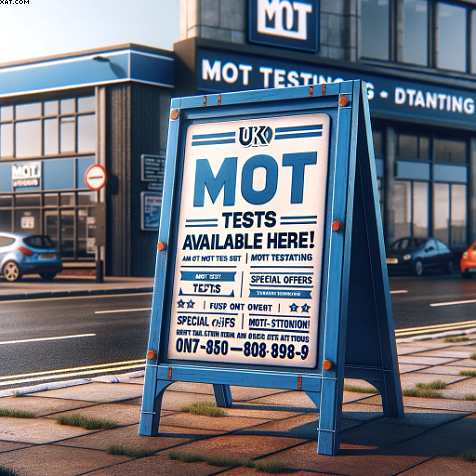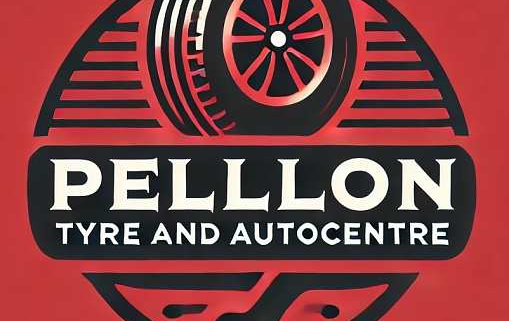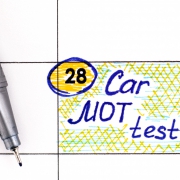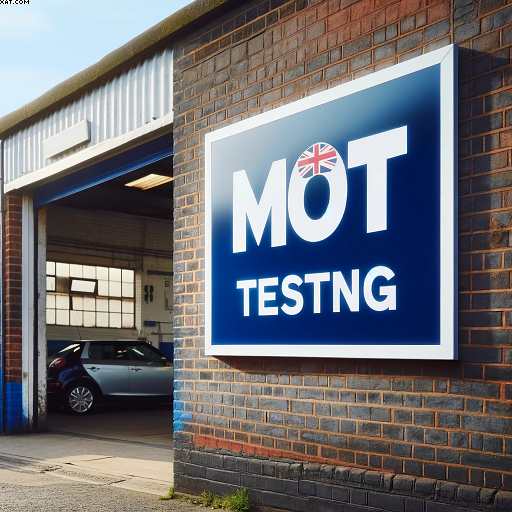MOT Test Fee: How low
Table of Contents
MOT Test Fee: How low

MOT Test Fee: How low
MOT Test Fee In recent times, the price of an MOT test fee has dropped.
So, enabling garages to try and attract the cash strapped motorists. All sorts of deals have been advertised. Incredibly, even “FREE”, testing. Which is allowed under the “DVLA MOT Rules” signs outside garages.
So, as the owner of an MOT test centre in Halifax. I am amazed at the number of garages giving away “cheap MOT tests” . Of course, the official mot test fee should be £54.85 (no vat). As stated on the www.gov.uk web-site.
This MOT test fee is only a suggested amount for garages to use; it is not required. So, based on the time and equipment that it should take to carry out the mot test, according to VOSA the government test agency here in the UK,.
Significantly, the Government totally regulate our testing stations.
Including visits by their inspectors ? Consequently, who also make sure that we have the correct equipment and that all our paperwork is in order. Naturally, we have regular updates for testing procedures .
Such as any mechanical updates or different specifications that may have to changed during a test. The ministry guys also check our testers. Making sure that they are carrying out the correct testing procedures.
We have to provide a suitable reception and viewing room for the customers and also use VOSA’s own computer system to register the test results and store all the other information about my garage and the cars that are entered into the system.
In other words, in my opinion, we are controlled by the government!
Ensuring that the testing procedure is carried out correctly and within the law. If we stray from the correct procedures, we are subject to all sorts of penalties. Which would ultimately result in the closure of your MOT station. I am not moaning about all this, to the contrary.
I think that the system is a very good one and is the envy of many countries. Of course, it is not perfect, but then again, nothing is in the world of garages.
The average hourly rate that we charge for mechanical work in the independent garage sector. It is said to be around the £40 per hour mark ! In my opinion, this is a very fair price to charge. The Government maintain that because we here in the UK use the private sector to test cars.
Then the MOT Test Fee is only a recommended fee and garages could charge what they want. So, the problem is that when they visit, they ask you what you charge in your garage. Subsequently, they don’t seam to like it if you discount the MOT Test fee (that’s the impression that I get). However, it appears that they are the ones who believe that the private sector should control pricing.
mot test prices have dropped “big style”
In recent times, the price of an MOT Test Fee has dropped. Enabling garages to attract cash-strapped motorists. All sorts of deals have been advertised. Even “FREE”, testing is allowed under the DVLA MOT Rules. Can be seen up and down the country. Obviously, this is a move to attract motorists into your garage ! I hope that you may get some mechanical work from a test failure! There is nothing wrong with that ! you may say.
The problem is that we have all made huge investments in these mobile test stations.
Meaning that the price we are getting is far lower than the investment in staff and machinery. I understand that we all have to take the good with the bad ! But I now feel that it is time that the Government step in.
They could do two things, in my opinion. They could have a minimum price paid for a test based on the average hourly rate, say perhaps £40, or make the £54.85 in to a mandatory MOT Test Fee to all motorists, and not just a recommendation.
It will be interesting for some feedback from other garage owners with mot test stations here in the UK. So, since this article first appeared. Computerization has made significant changes to the DVLA garage procedures. In fact testers have now to be examined t more regular intervals that previously. In my opinion this is a good thing !
Also, testing procedures are now adjusted more often.
Because of the regular changes to emission testing procedures emanating from the of requirements of the European Union strict emission laws. Of course to bring down the nations “carbon foot print” So, reducing the C02 emissions. Naturally, this has affected diesel cars the most.
We all know about the diesel car scandal ? Most car manufacturers were falsifying the C02 figures of their diesel models. Of course, this brought a clampdown from the regulators.
Significantly turning around the theory that the diesel cars were better for the climate than the petrol cars. Responding to this, the EU came out with much stricter emission rules. resulting in stricter MOT emission testing in the EU member countries.
However, I have recently learned that VW have been selling older diesel cars to countries like Albania at highly discounted prices ! So much for emission standards !
There are rules for some and rules for others ! Many diesel cars can now be treated to clean the internal workings of the engine. Significantly improving the cars chances of passing the MOT test.
We offer an engine carbon cleaning service for this purpose.



